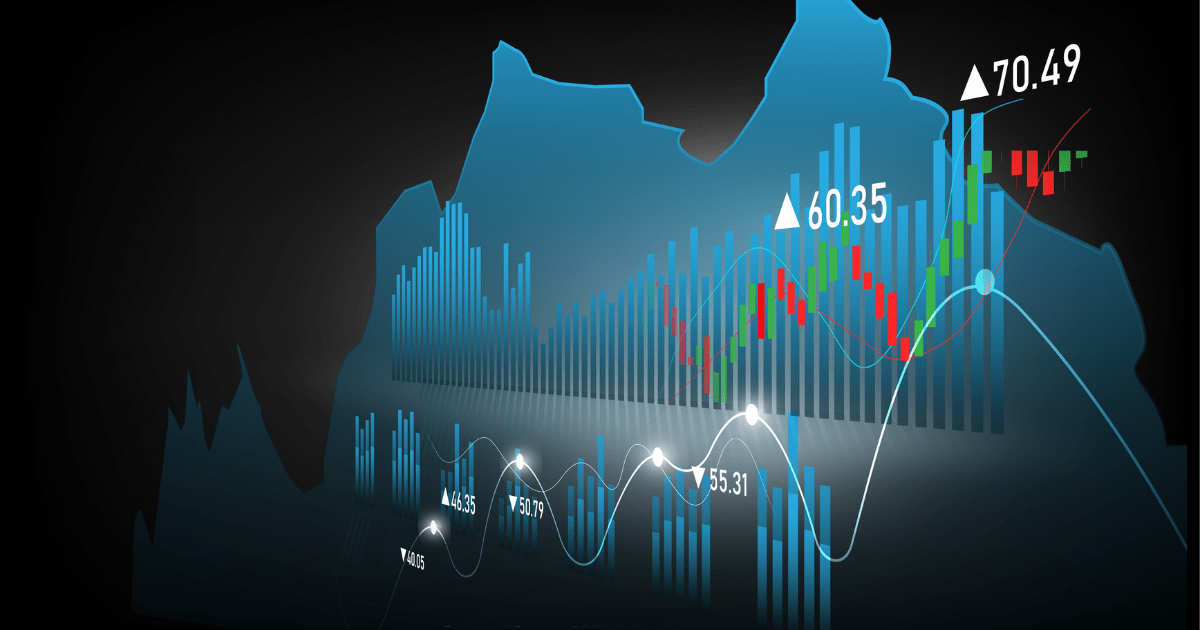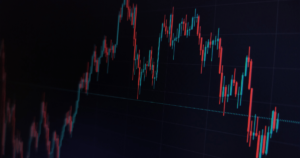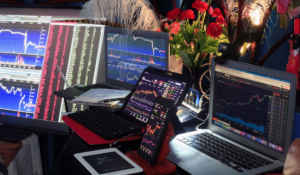Introduction
In the world of forex trading, one popular account type that offers flexibility and convenience for both traders and investors is the MAM (Multi-Account Manager) account. This comprehensive guide aims to provide you with an in-depth understanding of MAM accounts, their features, benefits, and how to effectively utilize them in your trading strategy.
1. What is a MAM Account?
A MAM account, short for Multi-Account Manager, is an investment account that allows a trader to manage multiple trading accounts simultaneously from a single master account. The total equity in a MAM account consists of the trader’s own funds as well as funds contributed by investors. The orders executed through the MAM master account are reflected on the individual investor accounts, providing them control over their trades.
2. How Does a MAM Account Work?
In a MAM account, the trades made by the account manager are automatically copied and executed in each sub-account according to the specified parameters. The equity available in the MAM account is the combined total of funds from both the manager and the investors. Returns are calculated based on the proportion of funds invested and the selected trading criteria, such as leverage and lot sizes.
3. Advantages of MAM Accounts
MAM accounts offer several benefits to both traders and investors. For traders, MAM accounts provide an efficient way to manage multiple accounts, execute trades from a single platform, and earn performance fees. Investors benefit from the expertise of professional fund managers, diversification through multiple managers, and the ability to set their own risk preferences.
4. Steps to Open a MAM Account
To open a MAM account, follow these steps:
Step 1: Selecting a Reliable Broker
Choose a reputable broker that offers MAM account services and meets your trading requirements. Consider factors such as regulation, security of funds, trading platforms, and customer support.
Step 2: Opening a Trading Account
Complete the registration process with the chosen broker, providing the necessary identification and verification documents. Ensure that you meet the broker’s minimum deposit requirements for opening a MAM account.
Step 3: Choosing a Fund Manager
Research and select a skilled and experienced fund manager whose trading style aligns with your investment goals. Consider their track record, risk management strategy, and communication approach.
Step 4: Setting Trading Criteria
Customize the trading criteria within your MAM account, including lot sizes, leverage, and risk parameters. These settings allow you to tailor the account to your risk appetite and trading preferences.
5. Factors to Consider When Selecting a Fund Manager
When choosing a fund manager for your MAM account, consider the following factors:
Track Record and Performance: Assess the manager’s historical performance and consistency over a reasonable time frame. Look for a track record that demonstrates sustainable profitability.
Risk Management Strategy: Evaluate the manager’s approach to risk management, including their use of stop-loss orders, position sizing, and risk-reward ratios. A robust risk management strategy is crucial for long-term success.
Trading Style and Philosophy: Understand the manager’s trading style, whether they are a scalper, swing trader, or long-term investor. Ensure their style aligns with your investment objectives and risk tolerance.
Transparency and Communication: Look for managers who provide regular updates, reports, and clear communication about their trading activities. Transparency fosters trust and allows you to stay informed about your investments.
6. The Role of the MAM Account Fund Manager
The fund manager plays a critical role in the success of a MAM account. They are responsible for executing trades, managing risk, and generating profits forinvestors. Here are some key aspects of the fund manager’s role:
Earning Opportunities for Fund Managers: Fund managers can earn income through performance fees and commissions based on the profits generated for investors. These incentives align their interests with the success of the MAM account.
Performance Fees and Commission Structures: Performance fees are typically calculated as a percentage of the profits generated by the fund manager. The commission structure may vary among brokers, so it’s important to understand the specific terms and conditions.
Manager-Investor Relationship: Effective communication and a strong manager-investor relationship are vital. Investors should have access to regular performance reports, updates on trading activities, and an open channel for addressing any concerns or queries.
Limited Power of Attorney (LPOA): To enable the fund manager to trade on behalf of investors, a limited power of attorney (LPOA) is often required. This legal document grants the manager authorization to execute trades but does not provide access to withdraw funds from the investor’s account.
7. Risks Associated with MAM Accounts
While MAM accounts offer numerous benefits, it’s essential to be aware of the associated risks:
Market Volatility and Losses: Forex trading inherently involves market volatility, and losses can occur. Investors should be prepared for potential drawdowns and understand that past performance is not indicative of future results.
Manager’s Trading Decisions: The performance of a MAM account heavily relies on the fund manager’s trading decisions. Investors must carefully evaluate the manager’s strategy, risk management practices, and overall expertise.
Selection of Inexperienced Managers: Choosing an inexperienced or unqualified fund manager can have detrimental effects on the performance of a MAM account. Thorough due diligence and research are necessary before entrusting funds to a manager.
Lack of Control Over Individual Trades: Investors should understand that once they allocate funds to a MAM account, they no longer have direct control over individual trades. It’s crucial to set clear trading criteria and choose a manager whose strategy aligns with their risk tolerance.
8. MAM Account FAQs
Q: How does a MAM account work?
A: A MAM account allows a trader to manage multiple trading accounts from a single master account. Trades executed in the master account are automatically replicated in the investor accounts according to predefined parameters.
Q: Are MAM accounts safe?
A: The safety of a MAM account depends on the reliability and regulation of the broker and the expertise of the chosen fund manager. It’s important to select a reputable broker and perform due diligence on the fund manager’s track record and reputation.
9. Key Takeaways
- MAM accounts provide a convenient way to manage multiple trading accounts from a single platform.
- Investors benefit from the expertise of professional fund managers and the ability to diversify their investments.
- Thorough research and due diligence are crucial when selecting a fund manager.
- Clear communication, transparency, and a strong manager-investor relationship are key to a successful MAM account.
- Investors should be aware of the risks associated with market volatility, manager’s trading decisions, and the lack of control over individual trades.
In conclusion, MAM accounts offer a powerful tool for traders and investors in forex markets. By understanding the intricacies of MAM accounts, conducting thorough research, and carefully selecting a skilled fund manager, investors can enhance their trading experience and potentially achieve their financial goals. Remember to stay informed, monitor performance, and regularly reassess your investment strategy to adapt to market conditions and optimize your MAM account’s performance.








